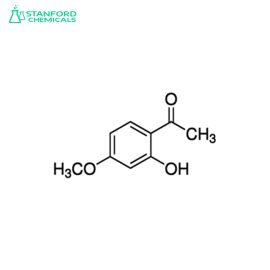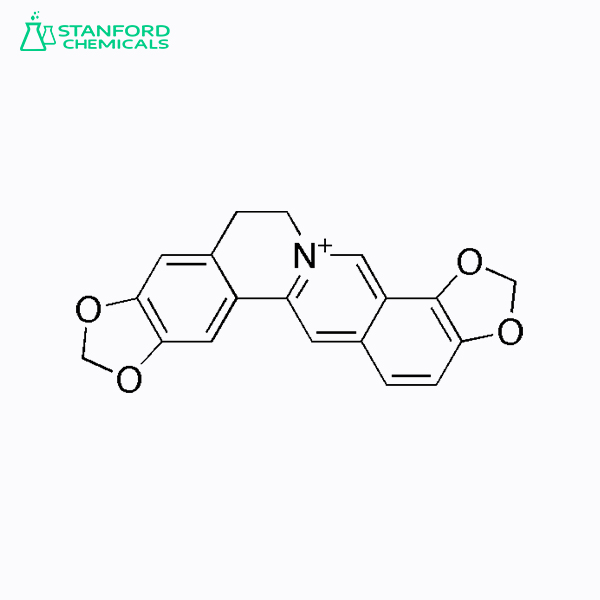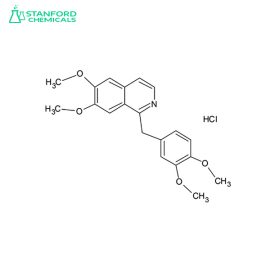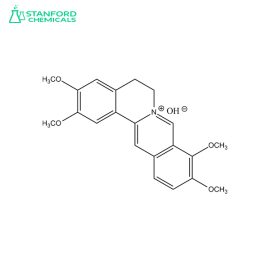Coptisine
Coptisine is an alkaloid found in the Coptis genus of plants, known for its antimicrobial, anti-inflammatory, and potential anti-cancer properties.
Coptisine Overview
Coptisine functions by interacting with various biological pathways, exhibiting a range of pharmacological activities. It has been particularly noted for its efficacy against a wide spectrum of bacteria, making it a valuable component in treatments for infections. Additionally, its anti-inflammatory properties make it useful in managing conditions characterized by inflammation.
Coptisine Key Features
– Source: Derived from the rhizomes of Coptis species.
– Structure: A benzylisoquinoline alkaloid, characterized by its complex molecular structure that contributes to its bioactive properties.
– Solubility: Soluble in organic solvents like ethanol, which is commonly used for extraction and formulation purposes.
Coptisine Applications
– Antibacterial: Effective against a wide range of bacterial strains, making it useful in combating infections.
– Anti-inflammatory: Employed in treatments for inflammatory diseases, benefiting from its ability to modulate inflammatory pathways.
– Antidiabetic: Shows potential in managing diabetes by influencing glucose metabolism.
– Anticancer: Preliminary research suggests it may inhibit the growth of certain cancer cells, offering a potential pathway for cancer treatment.
Coptisine Functions
– Modulation of Biological Pathways: Coptisine interacts with various signaling pathways, affecting cellular processes related to inflammation, cancer growth, and microbial infection.
– Inhibition of Bacterial Growth: Its antibacterial action is attributed to its ability to disrupt bacterial cell functions.
– Regulation of Metabolic Processes: By influencing metabolic pathways, coptisine shows promise in managing metabolic disorders like diabetes.
Details

| Available Sizes | 30 capsules, 60 capsules, 90 capsules |
|---|---|
| Key Ingredient | High-quality, pure Paeonol extract |





Reviews
There are no reviews yet.